Содержание
- 2. Chapter 11 11.0 Introduction 11.1 Create and Grow 11.2 Keeping the Network Safe 11.3 Basic Network
- 3. Chapter 11: Objectives Upon completion of this chapter, you will be able to: Identify the devices
- 4. Chapter 11: Objectives (Cont.) Use the basic host commands to acquire information about the devices in
- 5. 11.1 Create and Grow
- 6. Devices in a Small Network Small Network Topologies Typical, Small Network Topology
- 7. Devices in a Small Network Device Selection for a Small Network Factors to be considered when
- 8. Devices in a Small Network Addressing for a Small Network IP addressing scheme should be planned,
- 9. Devices in a Small Network Redundancy in a Small Network Redundancy helps to eliminate single points
- 10. Devices in a Small Network Design Considerations for a Small Network The following should be included
- 11. Protocols in a Small Network Common Applications in a Small Network Network-Aware Applications – Software programs
- 12. Protocols in a Small Network Common Protocols in a Small Network Network protocols define: Processes on
- 13. Protocols in a Small Network Real-Time Applications for a Small Network Infrastructure – Should be evaluated
- 14. Growing to Larger Networks Scaling a Small Network Important considerations when growing to a larger network:
- 15. Growing to Larger Networks Protocol Analysis of a Small Network Information gathered by protocol analysis can
- 16. Growing to Larger Networks Evolving Protocol Requirements Network administrator can obtain IT “snapshots” of employee application
- 17. 11.2 Keeping the Network Safe
- 18. Network Device Security Measures Categories of Threats to Network Security Categories of Threats to Network Security
- 19. Network Device Security Measures Physical Security Four classes of physical threats are: Hardware threats – Physical
- 20. Network Device Security Measures Types of Security Vulnerabilities Types of Security Weaknesses: Technological Configuration Security policy
- 21. Vulnerabilities and Network Attacks Viruses, Worms, and Trojan Horses Virus – Malicious software that is attached
- 22. Vulnerabilities and Network Attacks Reconnaissance Attacks
- 23. Vulnerabilities and Network Attacks Access Attacks
- 24. Vulnerabilities and Network Attacks Access Attacks (Cont.)
- 25. Vulnerabilities and Network Attacks Denial of Service (DoS) Attacks
- 26. Mitigating Network Attacks Backup, Upgrade, Update, and Patch Keep current with the latest versions of antivirus
- 27. Mitigating Network Attacks Authentication, Authorization, and Accounting Authentication, Authorization, and Accounting (AAA, or “triple A”) Authentication
- 28. Mitigating Network Attacks Firewalls A Firewall resides between two or more networks. It controls traffic and
- 29. Mitigating Network Attacks Endpoint Security Common endpoints are laptops, desktops, servers, smart phones, and tablets. Employees
- 30. Securing Devices Introduction to Securing Devices Part of network security is securing devices, including end devices
- 31. Securing Devices Passwords Weak and Strong Passwords
- 32. Securing Devices Basic Security Practices Encrypt passwords. Require minimum length passwords. Block brute force attacks. Use
- 33. Securing Devices Enabling SSH Enabling SSH
- 34. 11.3 Basic Network Performance
- 35. Ping Interpreting ICMP Messages ! – indicates receipt of an ICMP echo reply message . –
- 36. Ping Leveraging Extended Ping The Cisco IOS offers an "extended" mode of the ping command: R2#
- 37. Ping Network Baseline Baseline with ping
- 38. Ping Network Baseline (Cont.)
- 39. Tracert Interpreting Tracert Messages
- 40. Show Commands Common Show Commands Revisited The status of nearly every process or function of the
- 41. Show Commands Viewing Router Settings With Show Version Cisco IOS Version System Bootstrap Cisco IOS Image
- 42. Show Commands Viewing Switch Settings with Show Version show version Command
- 43. Host and IOS Commands ipconfig Command Options ipconfig – Displays ip address, subnet mask, default gateway.
- 44. Host and IOS Commands arp Command Options arp Command Options
- 45. Host and IOS Commands show cdp neighbors Command Options show cdp neighbors command provides information about
- 46. Host and IOS Commands Using the show ip interface brief Command The show ip interface brief
- 47. 11.4 Managing IOS Configuration Files
- 48. Router and Switch File Systems Router File Systems show file systems command – Lists all of
- 49. Router and Switch File Systems Switch File Systems The show file systems command lists all of
- 50. Backup and Restore Configuration Files Backup and Restore Using Text Files
- 51. Backup and Restore Configuration Files Backup and Restore Using TFTP Configuration files can be stored on
- 52. Backup and Restore Configuration Files Using USB Interfaces on a Cisco Router USB flash drive must
- 53. Backup and Restore Configuration Files Backup and Restore Using USB Backup to USB Drive
- 54. 11.5 Summary
- 55. Chapter 11: Summary In this chapter, you learned: Good network design incorporates reliability, scalability, and availability.
- 57. Скачать презентацию

















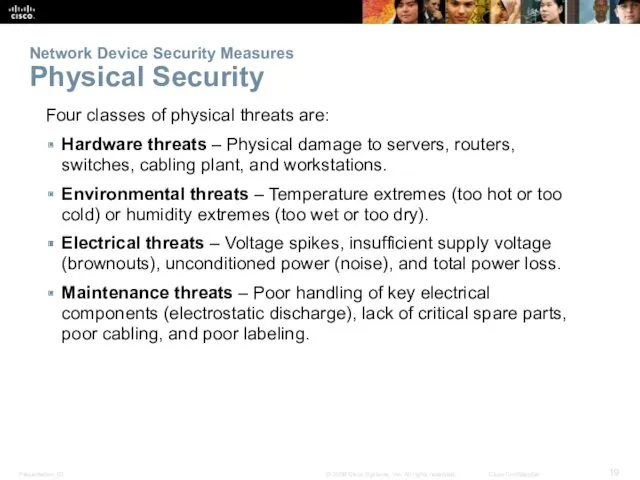

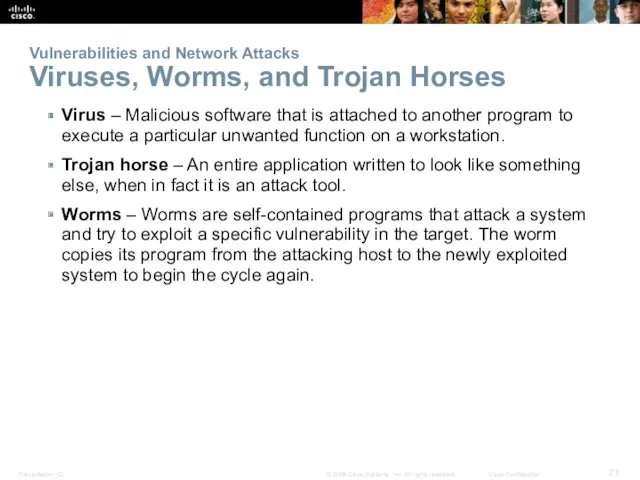
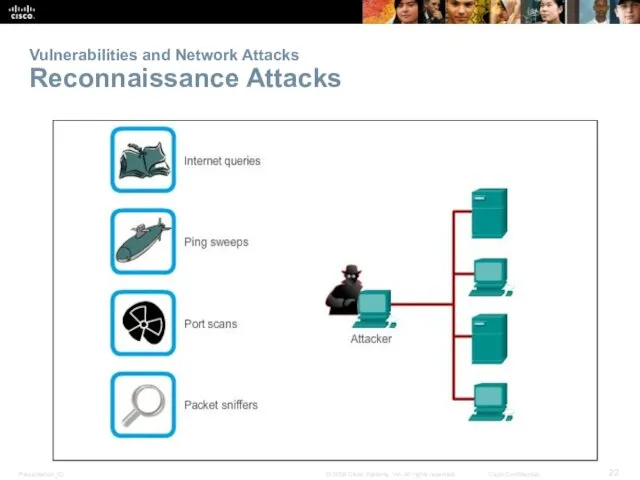

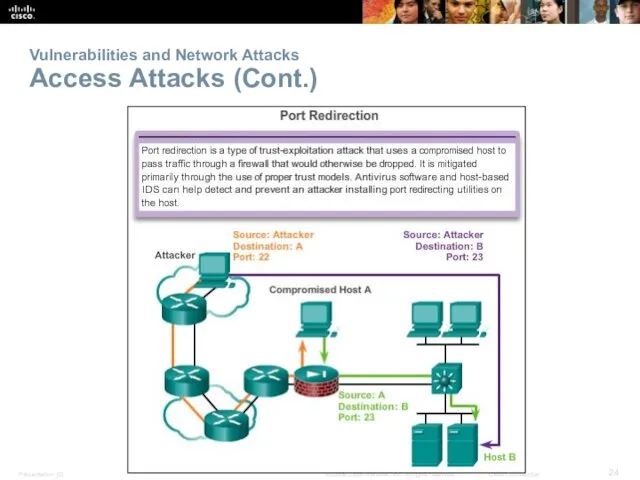
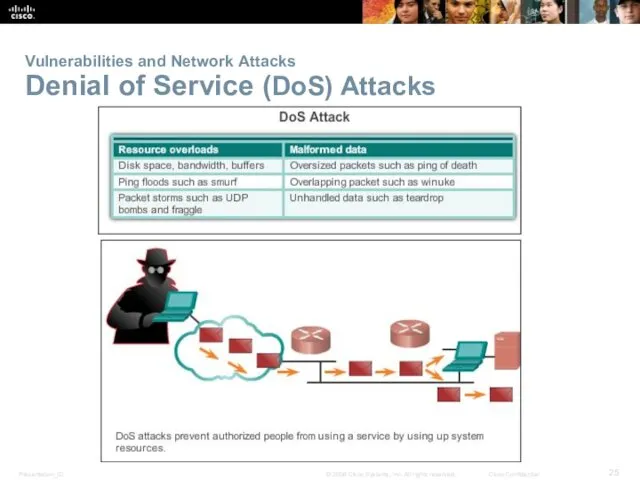
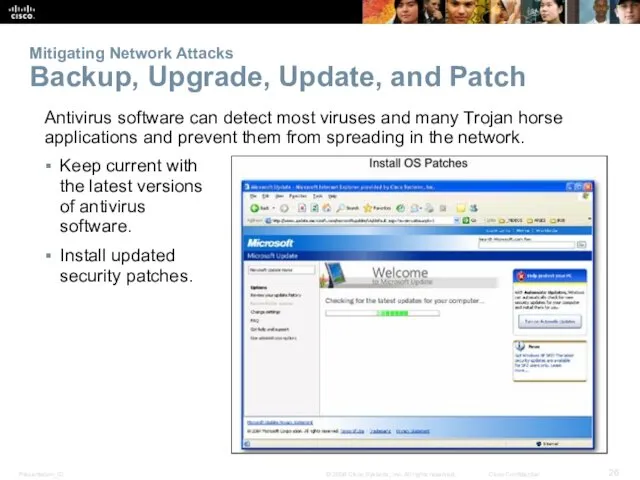

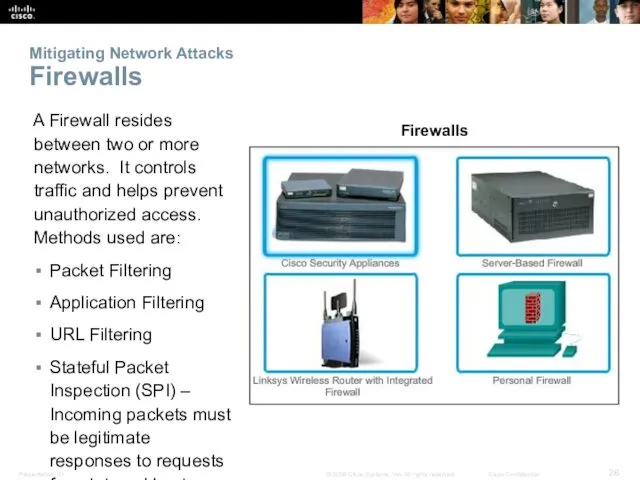
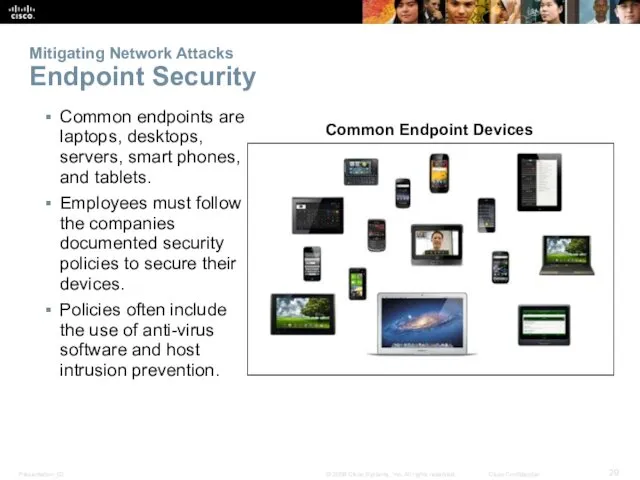
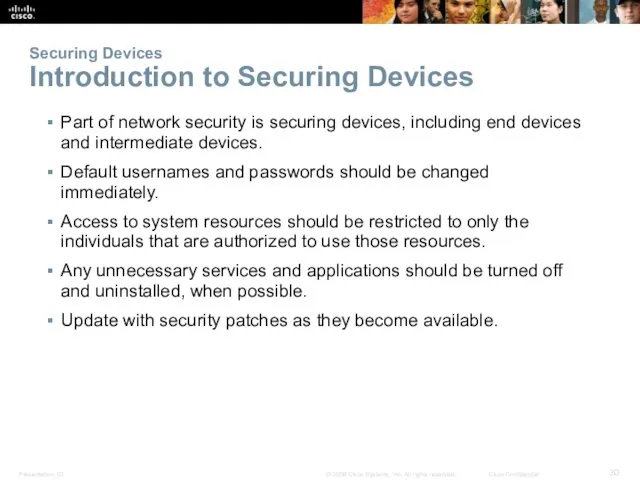

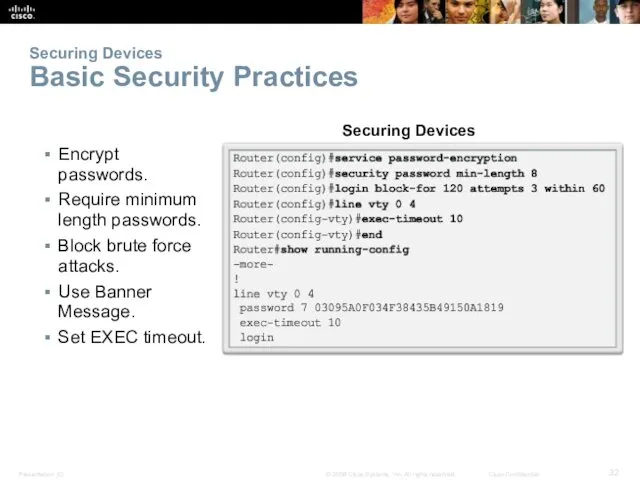
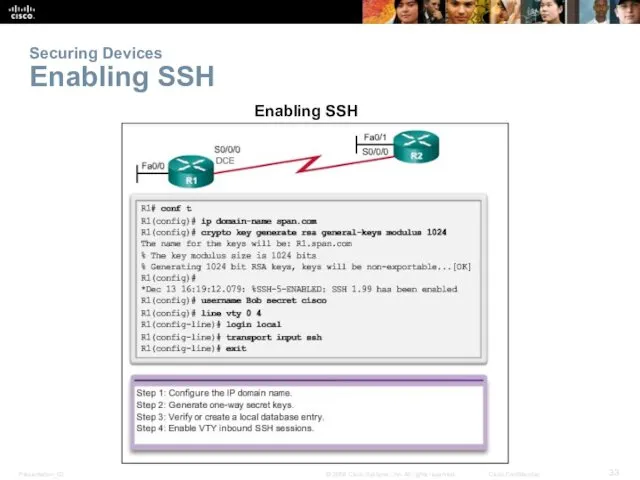
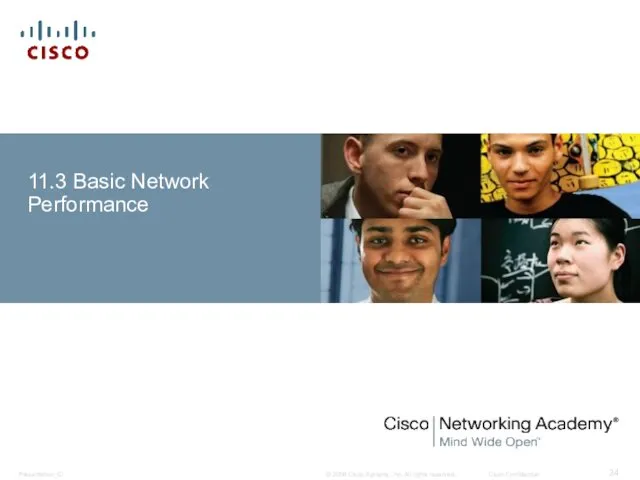
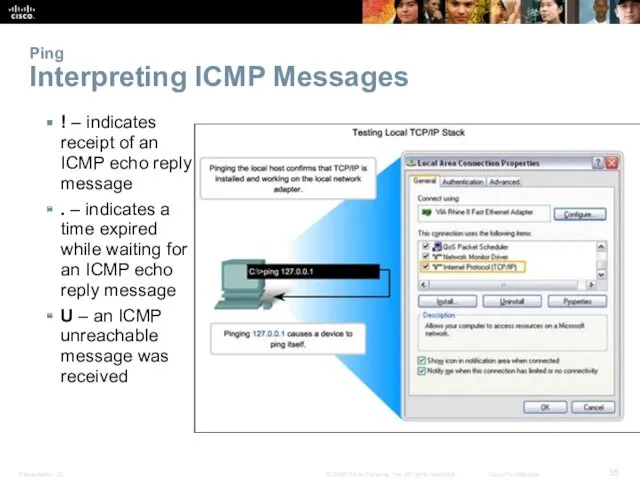
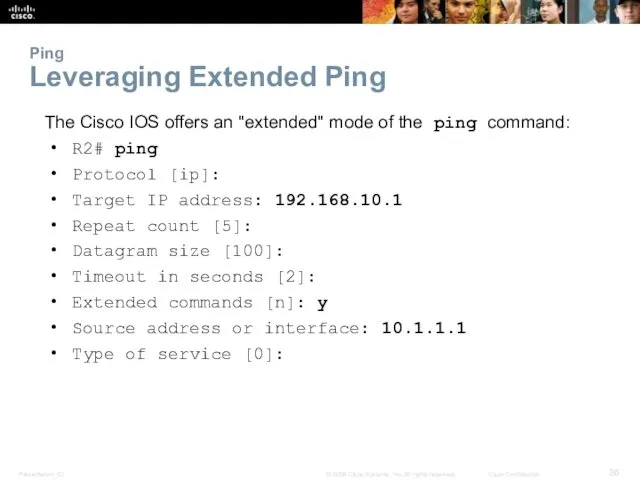
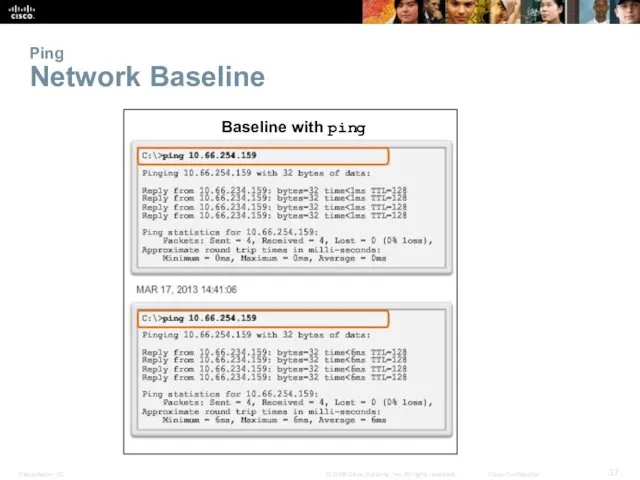
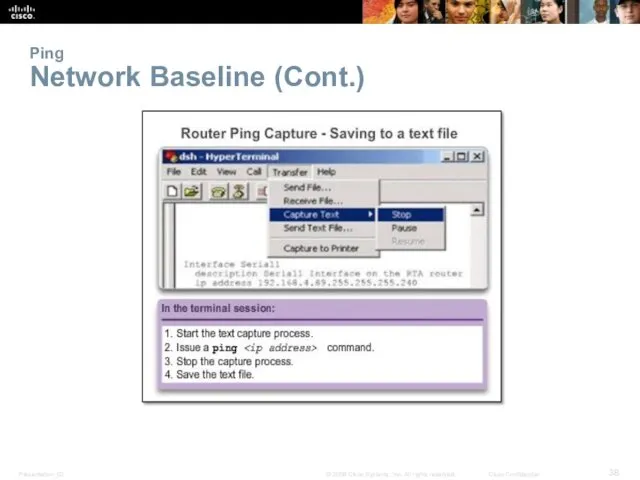
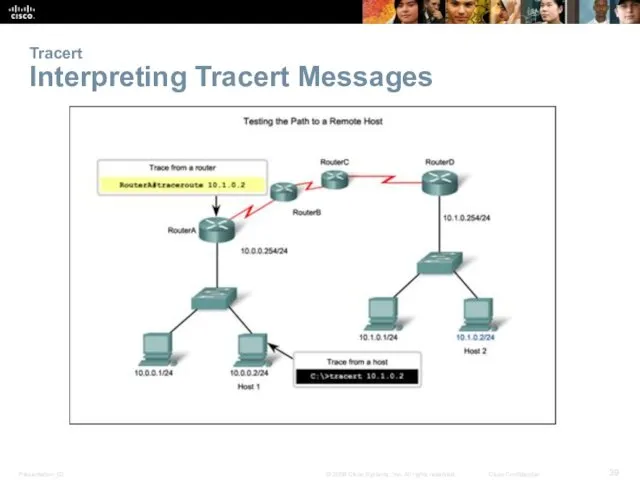
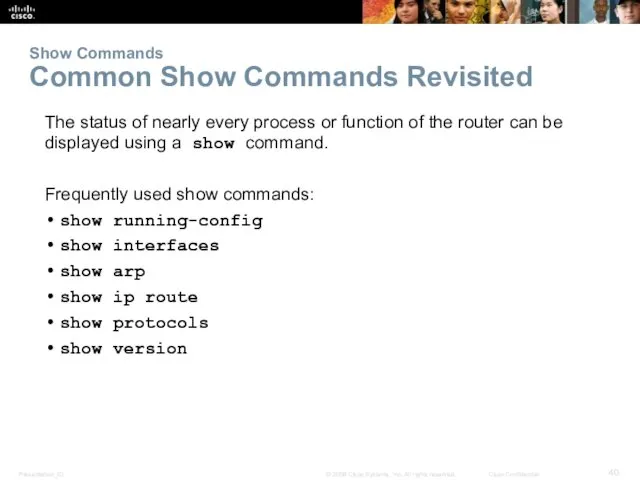
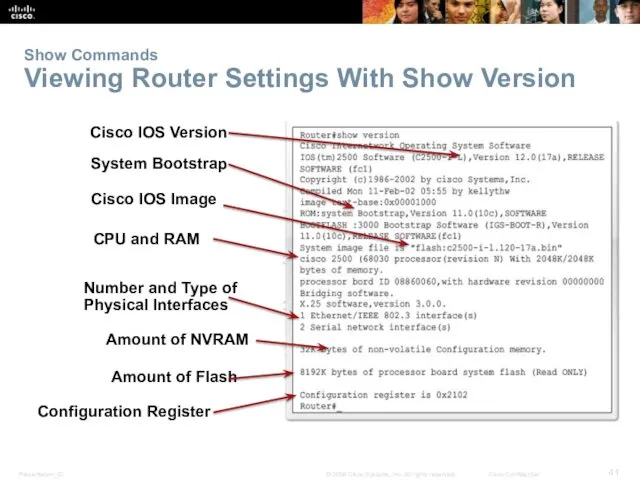
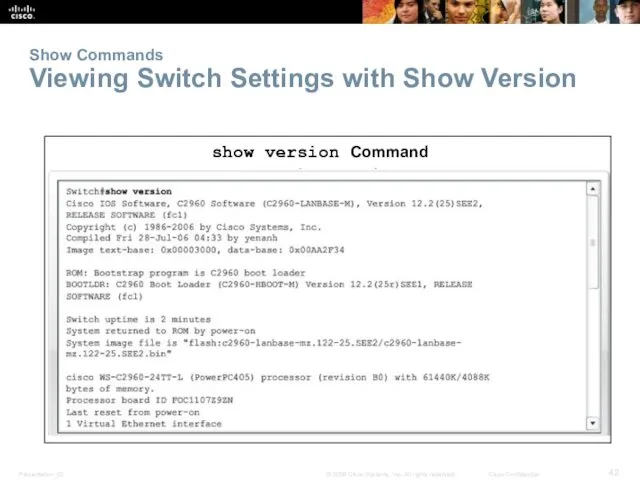
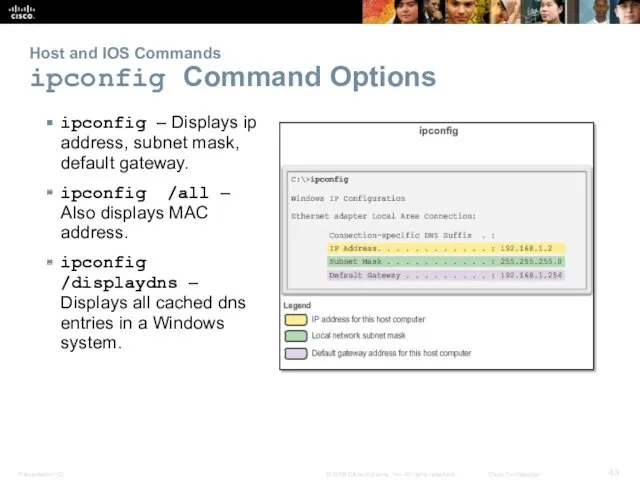

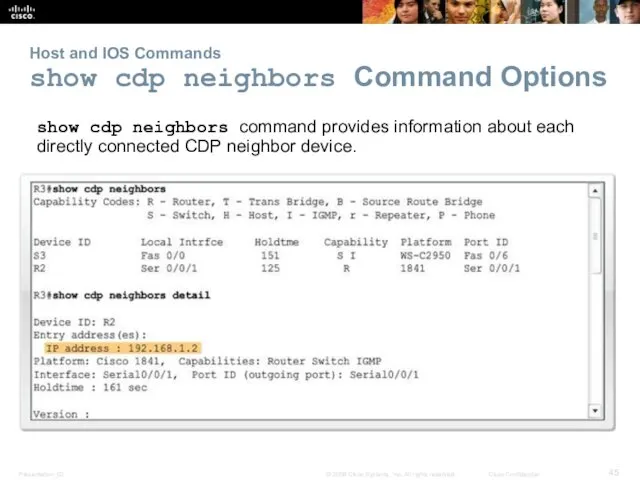
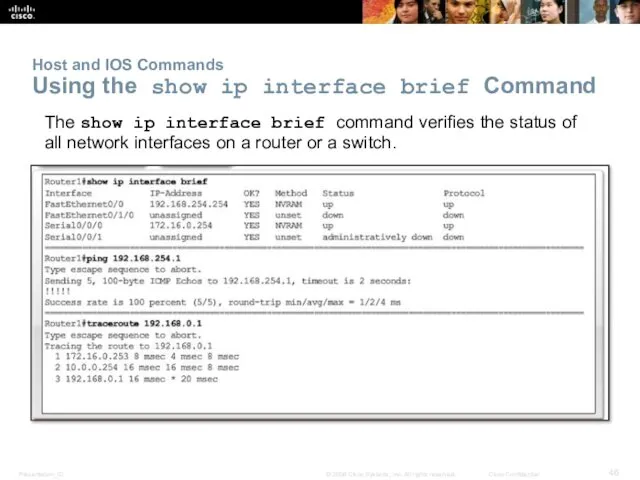

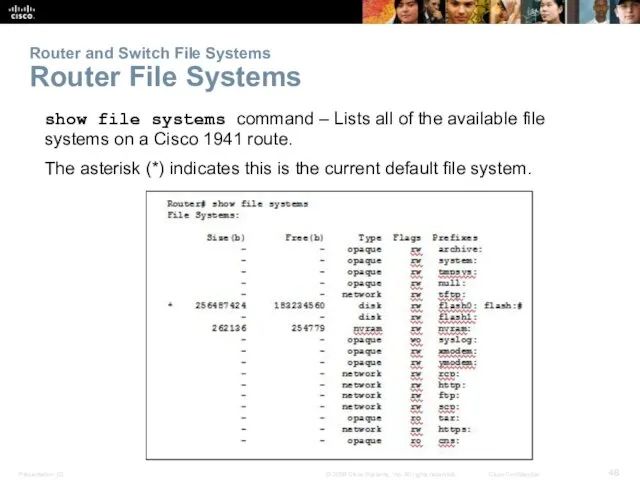
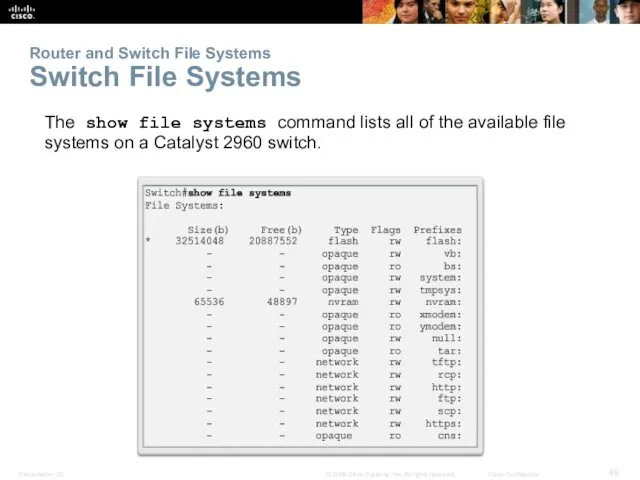
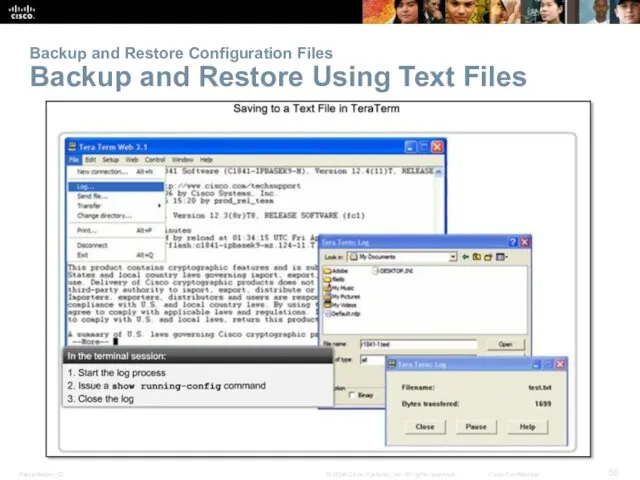
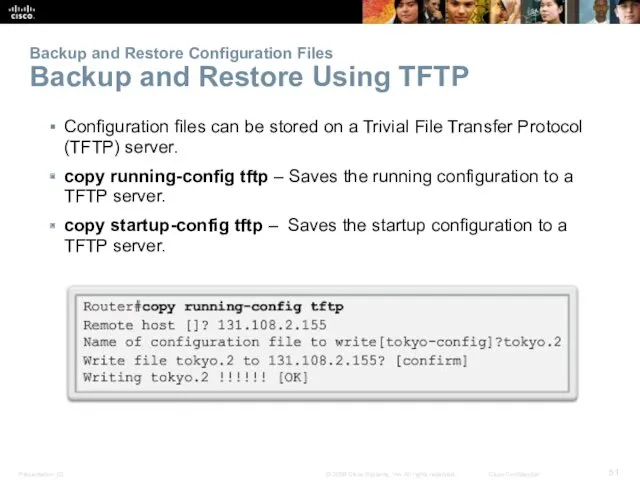
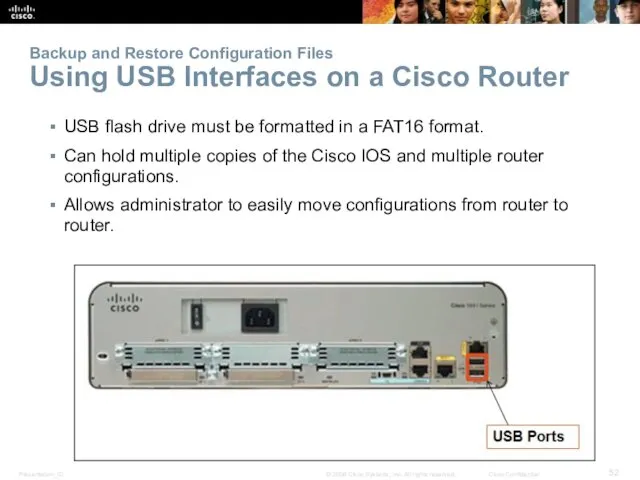
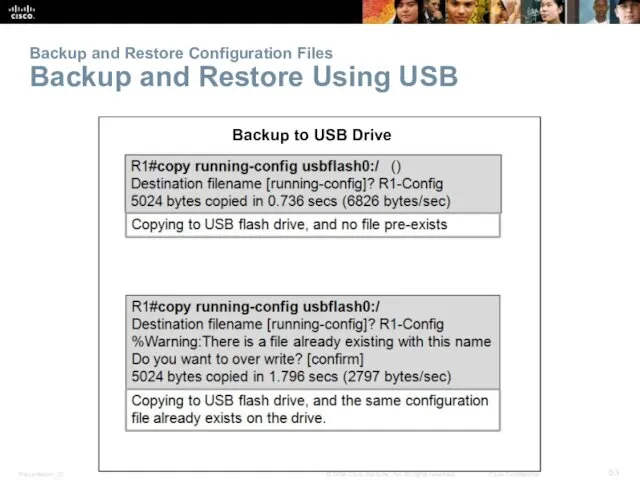

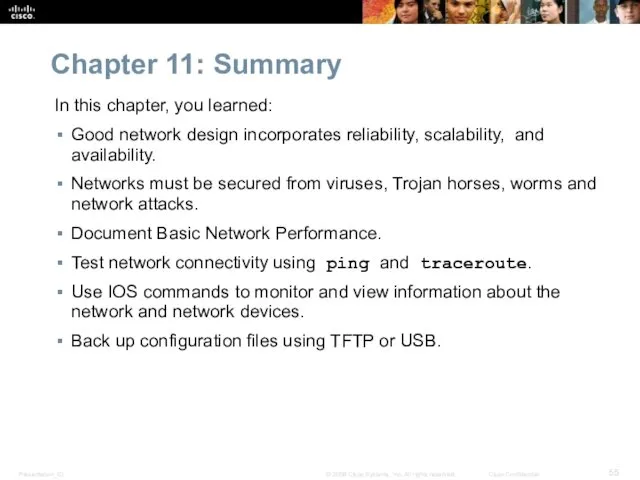
 Глобальная компьютерная сеть Интернет
Глобальная компьютерная сеть Интернет Инструкция по установке MS SQL SERVER
Инструкция по установке MS SQL SERVER Пошаговая инструкция по заполнению и отправке декларации 3-НДФЛ через онлайн-сервис
Пошаговая инструкция по заполнению и отправке декларации 3-НДФЛ через онлайн-сервис Решение задач с использованием ввода-вывода из файлов
Решение задач с использованием ввода-вывода из файлов Администрирование 1С
Администрирование 1С Интеграция приложений и информационных систем. (Тема 8)
Интеграция приложений и информационных систем. (Тема 8) Інноваційні рішення в галузі побутової техніки на прикладі 3D принтера
Інноваційні рішення в галузі побутової техніки на прикладі 3D принтера Проектирование баз данных. Преобразования запросов
Проектирование баз данных. Преобразования запросов Работа с базами данных PostgreSQL
Работа с базами данных PostgreSQL Основы монтажа видео в системе Windows
Основы монтажа видео в системе Windows Основные элементы языка программирования
Основные элементы языка программирования Виды информации
Виды информации Строки.Строковые массивы
Строки.Строковые массивы How to use newspapers and magazines in EFL class
How to use newspapers and magazines in EFL class Кранч. Основные этапы разработки видеоигры
Кранч. Основные этапы разработки видеоигры САПР Autocad 2015. Команды редактирования
САПР Autocad 2015. Команды редактирования Действия с информацией
Действия с информацией Установка WhatsApp на примере системы Android
Установка WhatsApp на примере системы Android Презентаци. Построение диаграмм в MS Excel 2007
Презентаци. Построение диаграмм в MS Excel 2007 Динамические структуры данных. Указатели
Динамические структуры данных. Указатели Индикаторы и показатели Программы РФ Информационное общество (2011-2020)
Индикаторы и показатели Программы РФ Информационное общество (2011-2020) Рецепт от очередей. Системы электронных очередей от компании Softmall
Рецепт от очередей. Системы электронных очередей от компании Softmall Транспортные технологии глобальных сетей
Транспортные технологии глобальных сетей Анализ алгоритмов решения математических задач (Работа с числами разных форматов)
Анализ алгоритмов решения математических задач (Работа с числами разных форматов) Циклический алгоритм. Форма организации действий
Циклический алгоритм. Форма организации действий Тестировщик программного обеспечения. Занятие 16. Собенности автоматизации тестирования. Преимущества и недостатки
Тестировщик программного обеспечения. Занятие 16. Собенности автоматизации тестирования. Преимущества и недостатки Банк бизнес-партнеров. Проверка контрагента. Онлайн-чат
Банк бизнес-партнеров. Проверка контрагента. Онлайн-чат Популяризация MMORPG
Популяризация MMORPG